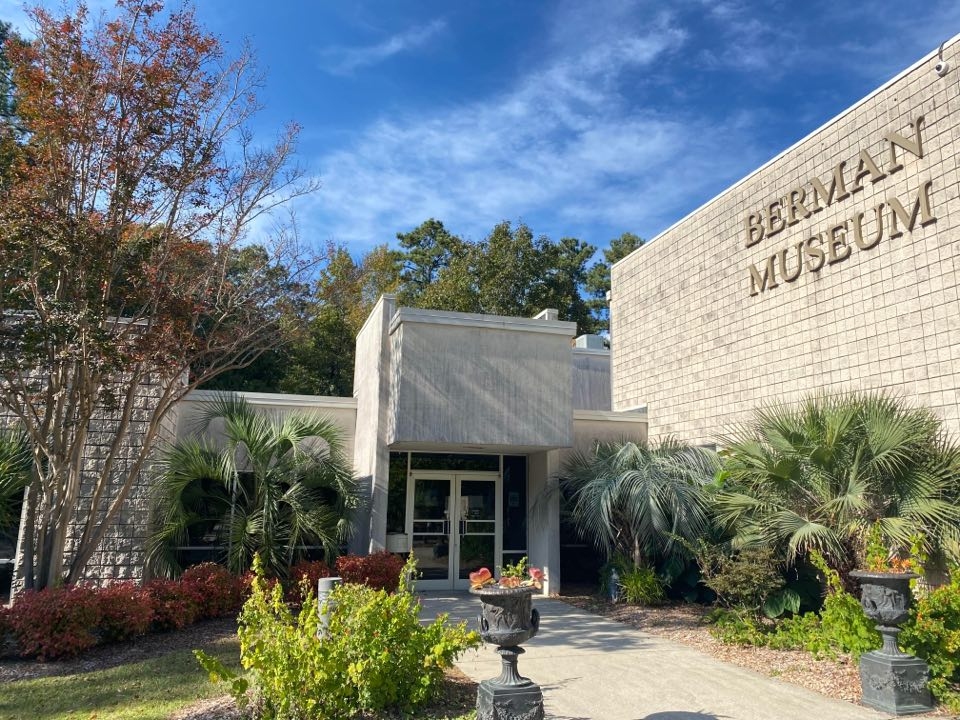In the past months, we’ve discussed the four foundational galleries of the Berman Museum developed in the first ten years of its existence. During this period, the Berman also hosted many excellent temporary galleries to introduce the public to new concepts and interpret artifacts in new ways.
In the last few years of the 1990s, the Berman focused primarily on displaying temporary art exhibits. Quickly after opening in 1996, it showcased Visions of Color and Light, Bronze Warriors and Canvas Battles, and 20th-century photography. In 1999, Berman hosted Varian Fry: Assignment Rescue from the United States Holocaust Memorial Museum, an exhibit chronicling Fry’s heroism in aiding refugees from Nazi-controlled France.
At the turn of the century, Berman displayed Lives of Quiet Affirmation: An Alabama Jewish Community by Temple Beth-El (something that may ring a bell, as Berman again hosted this display in 2020). In 2003, Berman roared back into the 1920s with Guns, Gangsters, and All That Jazz. Berman rounded out the end of its first decade with more art-focused exhibits, such as Colortuna on Paper and Double Take.
Berman Museum’s second decade saw it moving toward bigger ideas and more impactful temporary exhibits. In 2009, Berman Museum played host to The Working White House: Two Centuries of Traditions and Memories, an exhibit created by SITES (Smithsonian Institution Traveling Exhibition Service) that shined a light on those that worked in the presidents’ home since 1909. In 2013, Berman Museum revealed its most popular temporary gallery, Peculiar Possessions, which displayed some of the collections’ more curious and darker items.
Next month, we will begin to delve into the beginning of the third decade of the Berman Museum, the last five years.

